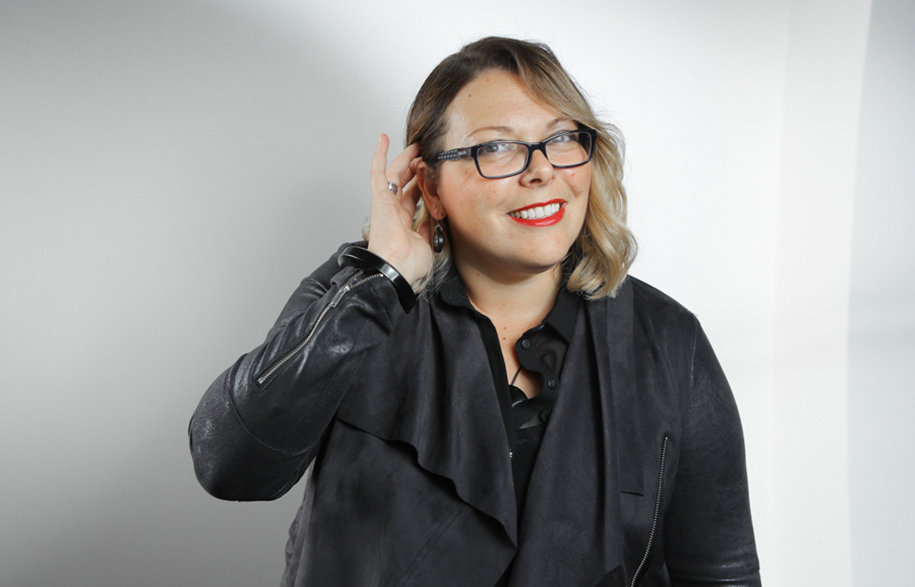Melonie, how are things going at UTS?
I’ve just come off the back of the Summer session where I taught two professional practice electives. One for undergraduate students, one for post-grads and Masters students. The masters in particular is focused on getting the students to form a hypothetical practice, getting them to test out how they might work as a practice from a philosophical point of view but also in terms of business structure. Next semester I’m teaching a Masters design studio looking very particularly at the field of heritage development and adaptive reuse, a lot of real-time infrastructural stuff to do with Parramatta as second city and how the river and green grid are rapidly evolving in terms of policy and urban renewal strategy.
Do you think most of your students will become architects or do you think they’ll move into some related field?
I think for some good reasons and some bad, people leave architecture strictly speaking and will end up working in allied fields such as urban design or planning or policy, landscape architecture or even development. I still think a lot of people will end up becoming architects and will work within what we understand to be the traditional bounds of architecture doing buildings and other projects. I think it’s good that we do have architecture graduates who work in other fields since this helps inform the broader conversation about what architectural thinking and design thinking can contribute to solving the sticky problems of the city. Not just in urban environments but also in suburban and regional contexts.
Why do people decide not to become architects?
I think people sometimes leave the field for what I’d call the wrong reasons, because of issues in the profession. One pressing one is how can we retain women in architecture? It’s still a prevailing problem, we see a drop off of participation of women from their mid- to late-30s when they take time off to have children and have immense trouble getting back into the profession. For a lot of people, negotiating part-time work is immensely complicated and the profession needs to gear up to be able to deal with this. We need to develop a more flexible model of sharing roles and responsibilities within the work place. There’s still very much a prevailing culture of overtime, late nights, things that are not terribly family-friendly and in fact affect both men and women. It’s not just a conversation about women, it’s about people having an appropriate work/life balance that takes into account the nuance of modern life, people’s needs not just in terms of kids but also elderly parents or other commitments beyond the field of work.
When an architect decides not to practice, what are the options?
The largest percentage is still leaving the profession to go and work in government, for instance. The public service is renowned for being much more flexible and understanding in terms of life issues. That said, a lot of architects who end up working for government also do it because they feel they can make a different kind of contribution from that vantage point. In other words, there are many and complex reasons for why someone who has completed their studies and begun work in the profession may decide to leave. But what we don’t want is an attrition that is entirely driven by some kind of incapacity in the system to think about the way people might work differently. As design professionals, our job is based around problem solving which often entails coming up with the right question, we owe it to ourselves to become better at thinking our way through this conundrum and coming up with a better way of doing things, of being.
Was it the fault lines running through the profession that encouraged you to set up your own studio?
To some extent, yes, having my own practice means I’ve been able to found it outside of those fault lines. But also, I’ve always been someone who has desired control over their way of being in the world. I’ve been my own boss since I began working at age 15 as a piano teacher and have worked as a professional accompanist issuing invoices and so on since the age of 17. So I’ve been involved in business scenarios since a very early age. But I have to say there is also major appeal to me to be able to manage my own crazy version of the work/life balance scenario. People may not think it’s very balanced since I am always incredibly busy. But I think at the end of the day it’s all about having choice about what one does, when and how.
Bijl Architecture
bijlarchitecture.com.au
Interview by Stephen Todd

